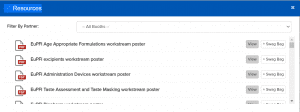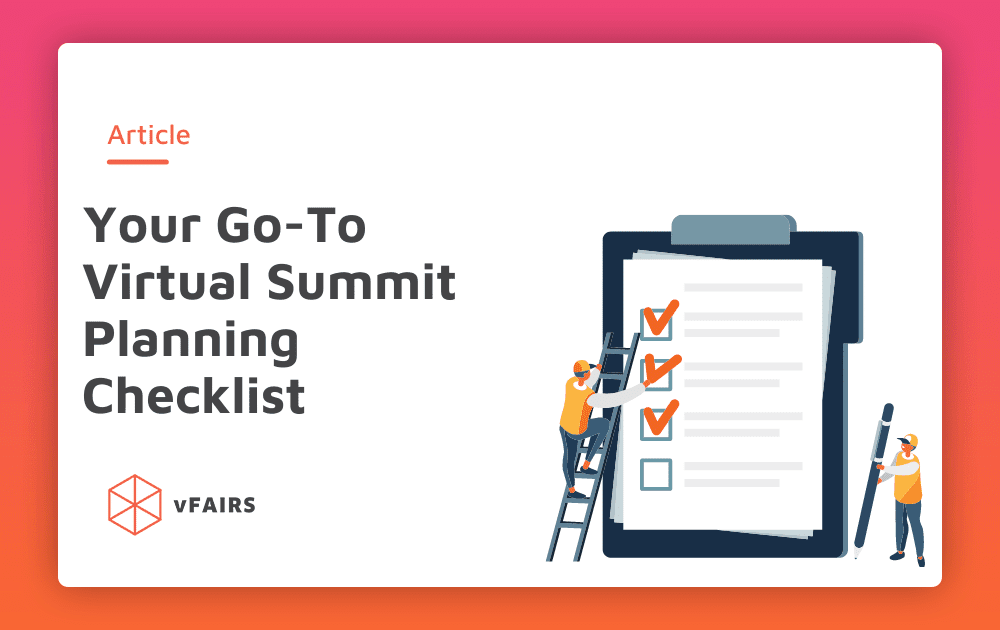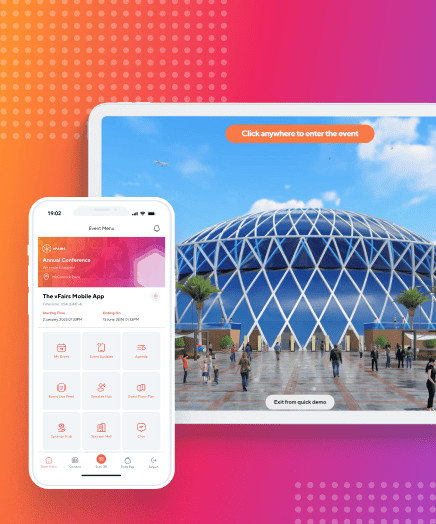Virtual summits are becoming increasingly popular with event organizers. If you are looking to host one, you have come to the right place. Let’s take a look at some important steps you need to take to host an amazing online summit.
What Is a Virtual Summit?

A virtual summit is basically an online event where you invite global industry leaders to discuss the relevant issues and topics related to a certain field. While a physical conference can only have so many attendees, a virtual event will let you access global speakers and audience members. As this involves a lot of organization, you need a virtual summit planning checklist.
How Does a Virtual Summit Work?

During a virtual summit, you have the opportunity to generate a significant number of digital leads. This is because it involves a digital platform, where people can sign up to attend. You’ll need to have a list of appealing speakers to attract your audience, and get the right amount of registrations.
On the day of the summit, these attendees log into the event, and can explore the lobby, talk with each other through chat features, and attend informative webinars. Many hosts enable Q&A sessions at these webinars to generate more engagement and get more interest. Therefore, if you want to have a successful event with global speakers and a diverse audience, you should go down the virtual route.
How Do You Plan a Virtual Summit?

Here’s your virtual summit planning checklist for a successful event.
1. Decide Your Goals
Why are you holding this virtual summit? Figure out what you want to achieve, according to the nature of your industry. Do you want it to be more product-based or communication-based? Focus on the key goals you want to achieve, and make them quantifiable. Virtual events come packaged with a host of statistics and metrics during and after the event for you to use.
2. Figure Out Your Audience
You need to see what your audience wants and needs from a virtual event. The first step is to determine their level of internet accessibility and tech knowhow. Luckily, a virtual summit does not require a lot of technical expertise, but you still need to make sure your audience can navigate around it easily.
3. Find Sponsors & Exhibitors
Hosting a virtual event is not an easy job, particularly if you’re a resource-strapped organization. Pitch your plans and goals to potential sponsors, and showcase the benefits your event will bring them. Make sure you pitch the data supporting these events, as companies value them significantly. At this stage, also create exhibitors’ packages, where you can charge for booths, with different levels for different levels of exposure and brand marketing.
4. Notify Everyone About The Virtual Summit Well In Advance
Just because you’re going virtual with your event, you cannot do everything last minute. There is still a lot of planning involved. Furthermore, your intended audience needs to be available for your event to make it successful. If they’re not aware of it on time, they simply won’t be able to attend. Furthermore, you need to time your event in such a way that it doesn’t clash with any other major industry event or with some holiday. Notify your attendees at least a month or so in advance, so that they can plug your virtual conference into their schedule accordingly.

5. Market Your Virtual Summit Far & Wide
Your desired audience and your industry needs to be aware of your virtual event. Therefore, you should make a marketing plan well before the day and follow through with it thoroughly. Use a variety of mediums to get the word out, and attract high footfall. Use email invites, social media, and other methods to spread awareness and capture attention. Promoting your event with proper planning in place will help you get an impressive number of relevant attendees.
6. Give Value To Your Audience
Your virtual summit should offer valuable content to your audience. Your event attendees should feel like they’ve taken away something by attending your summit. Therefore, you need to create engaging and compelling content, and also bring experts on board. Furthermore, you should give your attendees ample networking opportunities with lobbies and networking lounges, so that they know your event is the place to be. As long as you contribute something of value, even if it’s just a piece of information, to participants, you can make them leave satisfied.
7. Delegate Responsibilities Clearly
Everyone involved needs to know what is expected of them. Therefore, you need to assign duties and allocate responsibilities in a clear, written way. This will prevent chaos on the day of the event, and will leave no aspect unattended. Take event host support when needed, and do a test run of all your event features before your audience really starts showing up. If you delegate tasks clearly, no one will be running around confused.
This checklist will help you run a successful event. If you are looking for more detailed guidelines, check out our Complete Guide to Online Summits.


